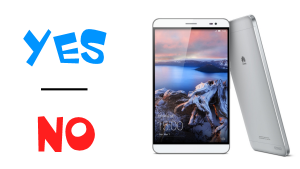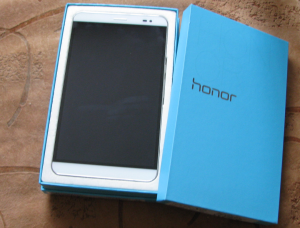 Šiandien pažiūrėjau naujausia Žvaigždžių Karų dalį (Star Wars VII: Force Awakens), taigi galima pagaliau nebijoti “spoilerių” (iki kitos dalies treilerių ir informacijos nutekinimų). Kaip rašiau prieš tai, skaitau SW serijos knygas ir įvykių chronologija turėtų nesutapti su tuo kas yra knygose ir naujuose filmuose. Bet bent jau paskutinė mano perskaityta knyga pasakoja apie įvykius iškart po antros Mirties žvaigždės sunaikinimo (~5 metai po). O filme nuo to įvykio praėjo 30 metų. Taigi, knygos įvykiai galėjo būti, o po to galėjo atsitikti tai, kas buvo parodyta filme. Kol kas jokios priešpriešos. Bet dabar pradėsiu Trauno trilogiją ir gal atsiras visgi kokių nesutapimų.
Šiandien pažiūrėjau naujausia Žvaigždžių Karų dalį (Star Wars VII: Force Awakens), taigi galima pagaliau nebijoti “spoilerių” (iki kitos dalies treilerių ir informacijos nutekinimų). Kaip rašiau prieš tai, skaitau SW serijos knygas ir įvykių chronologija turėtų nesutapti su tuo kas yra knygose ir naujuose filmuose. Bet bent jau paskutinė mano perskaityta knyga pasakoja apie įvykius iškart po antros Mirties žvaigždės sunaikinimo (~5 metai po). O filme nuo to įvykio praėjo 30 metų. Taigi, knygos įvykiai galėjo būti, o po to galėjo atsitikti tai, kas buvo parodyta filme. Kol kas jokios priešpriešos. Bet dabar pradėsiu Trauno trilogiją ir gal atsiras visgi kokių nesutapimų.
O filmas geras. Aišku “atnaujovintas”. Turiu omeny, kad ir kaip naujas režisierius norėjo išsaugoti SW dvasią (naudojant mažiau kompiuterinės grafikos), vis tiek šių laikų filmai turi kažkokį savo bruožą. Veiksmas filmuojamas greičiau, dažniau keičiasi rakursai, rodymo taškai (toks kameros blaškymasis, kuris neva sukuria “veiksmo” įspūdį). Be kompiuterinės grafikos aišku neapsieita, nes kitaip nenufilmuosi įspūdingų laivų lenktynių ir kovų. Bet tos lenktynės ir kovos atrodė smagiai. Nauji, jauni veidai. Kad ir kaip filmo kūrėjus peikia dėl pernelyg didelio politinio korektiškumo (PC), nes keli pagrindiniai herojai mergina ir juodaodis, bet tie jauni herojai nepagadino įspūdžio, atrodė šviežiai ir charizmatiškai. Taip, filme yra scenų su didoku patoso kiekiu, bet SW niekada ir nepasižymėjo ypatingu realistiškumu. Tai visada buvo pasaka, pasaka kosmose apie riterius ir princeses. Ir ši dalis nėra kažkuo prastesnė. Epizodus 1 ir 2 (kuriuos labai kritikavo) žiūrėjau labiau iš inercijos, o paskutinį 3 epizodą labiau iš noro pamatyt istorijos užbaigimą. Dabar gi lauksiu 2017 metais pasirodysiančio 8 epizodo dėl noro pamatyt, kas toliau laukia šitų naujų herojų.
[fun fact] filme labai daug personažų kalba su šiek tiek ar labai stipriu britišku akcentu, kas man visą laik sukeldavo šypseną 🙂
 Gavau siuntą! 🙂 Atėjo raštelis iš pašto ir vakar atsiėmiau pakuotę. Kurioje radau saugiai įvyniotą žaidimą, kurį laimėjau minėtame Jack Vasel Memorial Fund aukcione –
Gavau siuntą! 🙂 Atėjo raštelis iš pašto ir vakar atsiėmiau pakuotę. Kurioje radau saugiai įvyniotą žaidimą, kurį laimėjau minėtame Jack Vasel Memorial Fund aukcione – 


